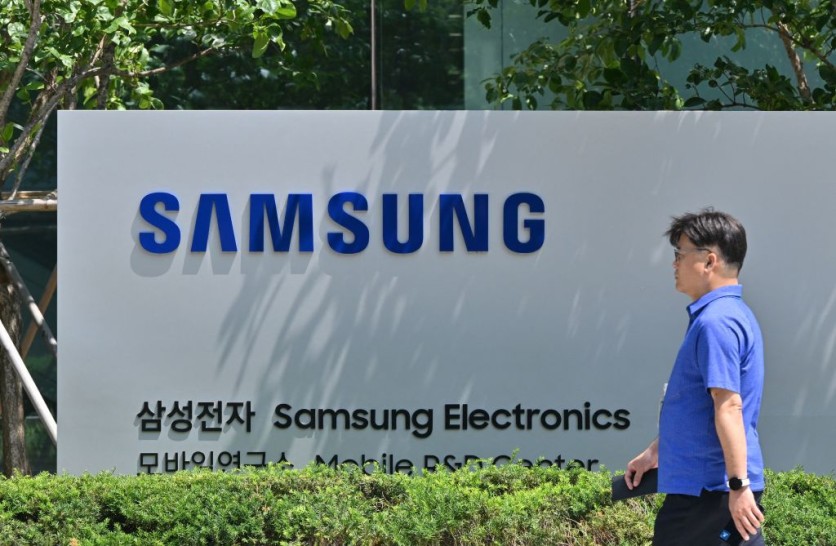Samsung Electronics has reported a 95 percent dip in operating profits for the second quarter, attributing the decline to weak demand for memory chips.
The company's operating profit for the April to June period was 668.5 billion won ($525.3 million), down from 14.1 trillion won a year earlier, marking its worst quarterly profit since the first quarter of 2009.

Weak Demand
The net profit for the second quarter also fell by 84.5 percent to 1.72 trillion won, while sales dipped 22.3 percent to 60 trillion won. Samsung, known as one of the world's largest manufacturers of memory chips and smartphones, pointed to weak demand as the main reason for the decline.
Despite the challenges faced during the second quarter, Samsung is optimistic about the remainder of the year. The company anticipates a gradual recovery in global demand during the second half, which could lead to an improvement in earnings driven by the component business.
The company's semiconductor division, which saw improved results from the previous quarter, focused on High Bandwidth Memory (HBM) and DDR5 products to meet the rising demand for AI applications.
However, the system semiconductor division experienced a decline in profit due to lower utilization rates caused by weak demand from major applications.
In the mobile panel business, earnings were stable, supported by solid sales of premium panels. The large panel business continued to focus on QD-OLEDs in the premium market.
The Digital Appliances Business and Harman, a subsidiary of Samsung, achieved growth, with Harman experiencing profit growth driven by consumer audio products.
The Memory Business remains positive about the future, despite the difficulties encountered in the second quarter.
It foresees the market stabilizing in the latter half of the year, which should lead to a gradual rebound in demand. To enhance its position, the Memory Business intends to optimize its portfolio by prioritizing high-value-added and high-density products.
System LSI Business
As for the company's System LSI Business, its primary goal is to resume supplying major customers by ensuring the performance of flagship models and introducing new business solutions.
Additionally, it will focus on securing orders from European OEMs for automotive SoCs by the year 2026.
The Foundry Business experienced increased revenue quarter-on-quarter but saw a decline in operating profit due to fab expansion and uncertainties in short-term demand. The Foundry Business is making progress with the development of the second generation of 3nm GAA technology and the 2nm GAA technology, according to Samsung.
Samsung Display Corporation (SDC) maintained its market share for mobile panels by supplying OLED panels with outstanding performance and technology. SDC aims to improve earnings in the second half by releasing new products and leveraging its technological prowess in new areas such as HIAA and HOP.
Overall, Samsung Electronics faces challenges in the tech industry due to weak demand for memory chips, but it remains hopeful about the future as global demand is expected to recover gradually in the second half of the year.
Related Article : Samsung Files Lawsuit Against BOE Technology, Accusing Chinese Rival of Infringing Five Patents

ⓒ 2025 TECHTIMES.com All rights reserved. Do not reproduce without permission.




